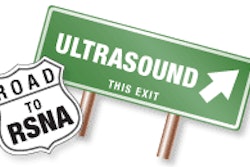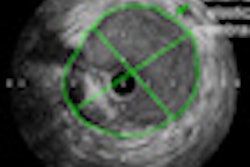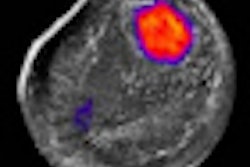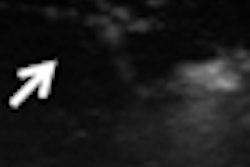Tuesday, November 30 | 3:20 p.m.-3:30 p.m. | SSJ02-03 | Room E450A
The establishment of the BI-RADS lexicon helped standardize reporting of breast lesions; in the same way, a similar lexicon is needed for reporting suspicious lymph nodes found on axillary ultrasound scans, according to this Tuesday afternoon presentation.A research team at Northwestern Memorial Hospital in Chicago, led by presenter Brandie Fagin, MD, examined the reports of 54 consecutive patients in 2008 with newly diagnosed or suspected cancer, and who experienced axillary ultrasound followed by ultrasound-guided core biopsy. Fagin and colleagues were looking for standard terminology in the reports to describe suspicious lymph nodes that were recommended for ultrasound-guided biopsy.
The researchers found that of the 54 biopsied axillary lymph nodes, 76% were malignant and 24% were benign. They found a wide range of terminology used to describe suspicious lymph nodes; the term "size" was used as a descriptive term in 94% of cases, but measuring was inconsistent and there was not an agreed-upon threshold for abnormal enlargement. The use of other terminology varied greatly.
The researchers concluded that while there has been extensive analysis in the literature of the features of axillary lymph nodes on ultrasound scans, standard descriptors have not been used consistently in reporting. They recommend that a common lexicon like that of BI-RADS be established for ultrasound reporting of suspicious axillary lymph nodes recommended for biopsy.



















